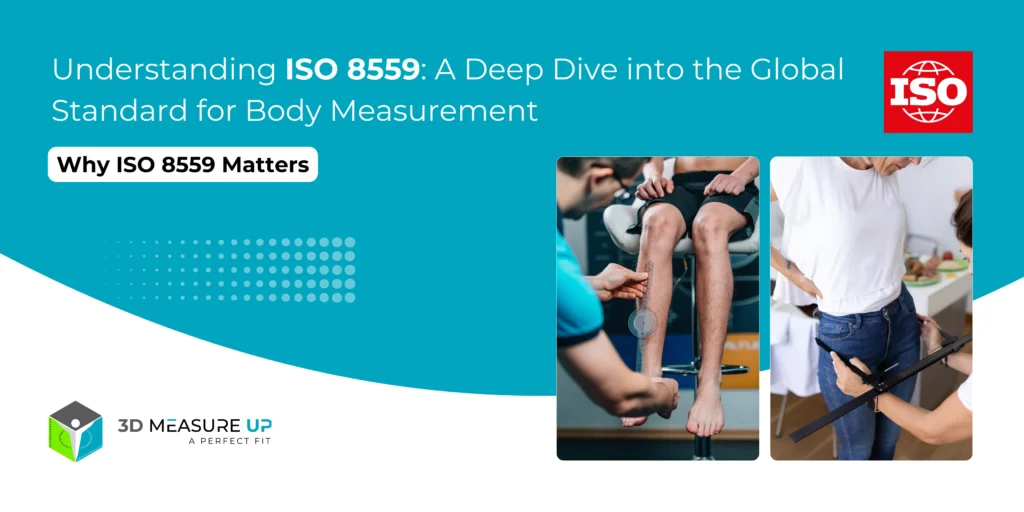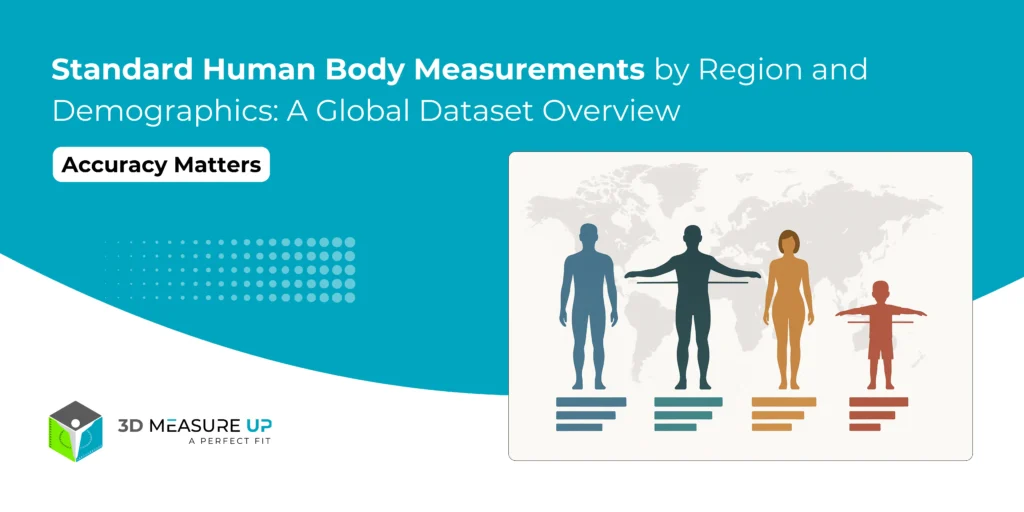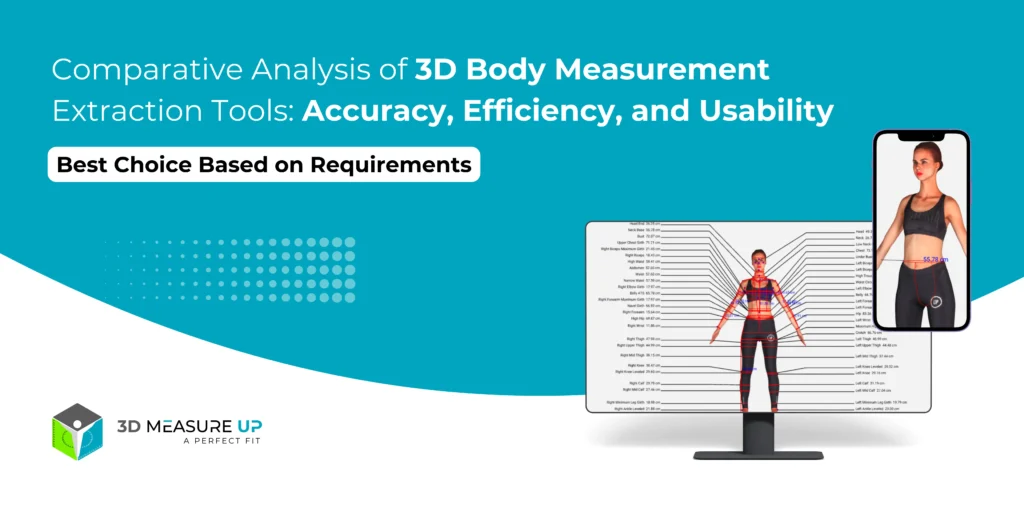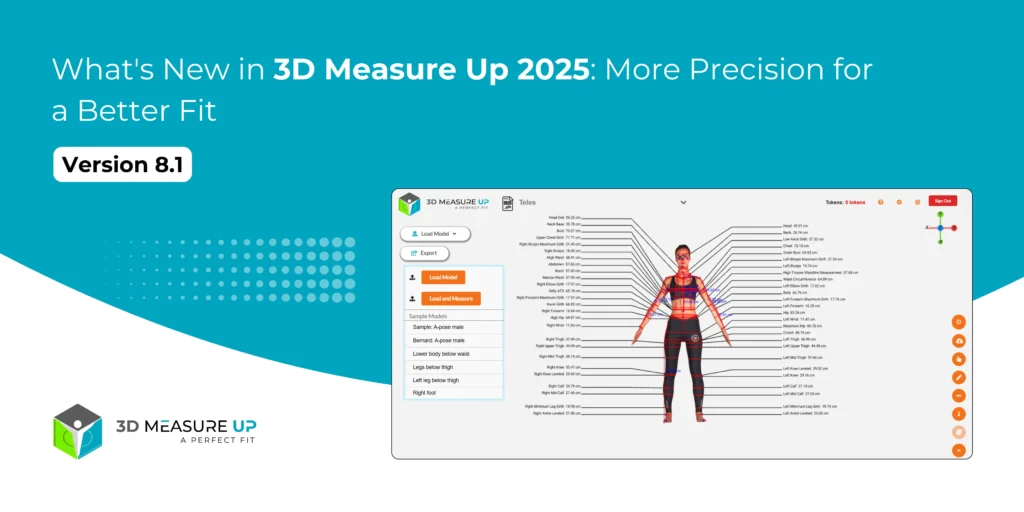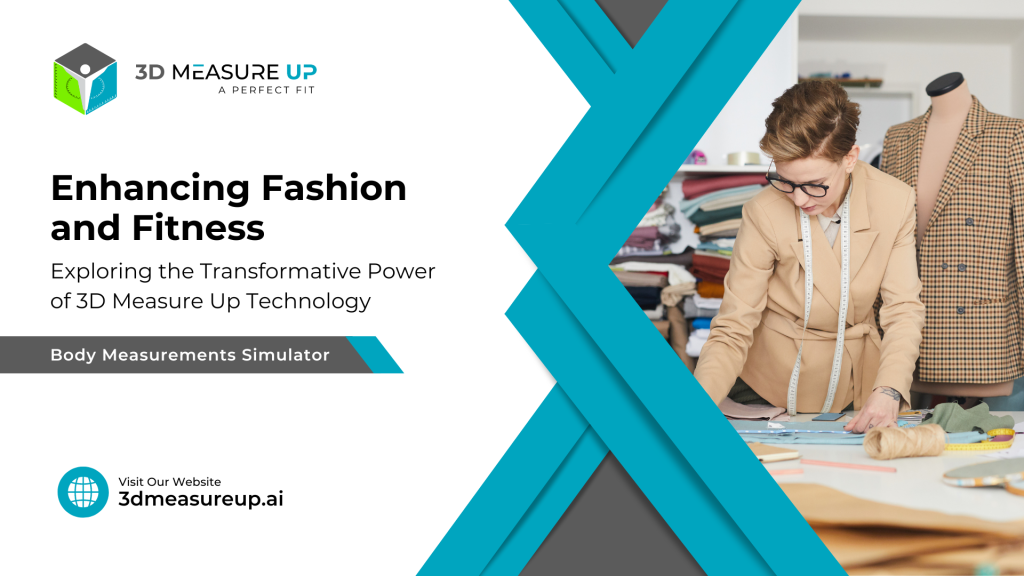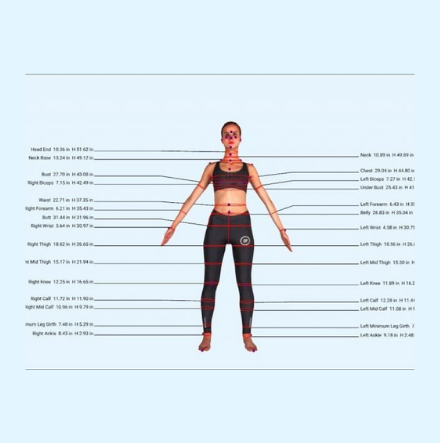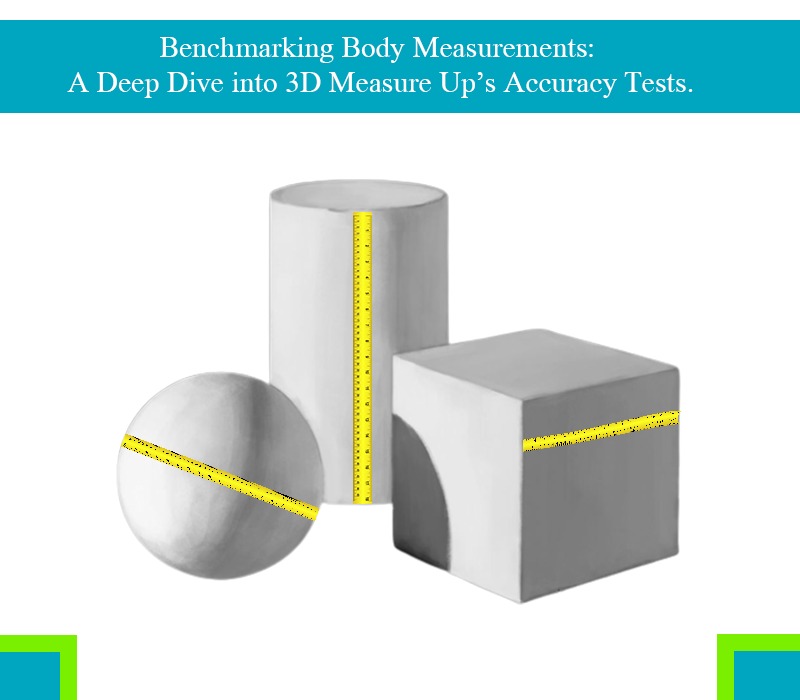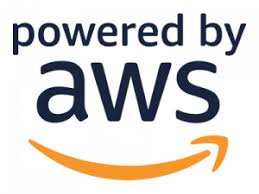Understanding ISO 8559: A Deep Dive into the Global Standard for Body Measurement
Understanding ISO 8559: A Deep Dive into the Global Standard for Body Measurement In a world where precise human body measurements are critical, whether for apparel sizing, ergonomic design, or healthcare, having a global standard ensures consistency and comparability. In today’s global fashion market, clothing sizes can be notoriously inconsistent. A medium in one brand might feel like a small in another. These inconsistencies create frustration for consumers and complications for retailers, especially in online shopping. That’s where ISO 8559 comes into play. In this blog, we explore what ISO 8559 is, why it matters, how it defines body measurements, and how platforms like 3D Measure Up are helping organizations align with it. What is ISO 8559? ISO 8559, developed by the International Organization for Standardization (ISO), is a series of international standards that define how clothing sizes should be designated based on body measurements. Its goal is to create a universal system for sizing that can be used by manufacturers and retailers around the world. Rather than relying on arbitrary labels like “S”, “M”, or “L”, ISO 8559 promotes a size system rooted in measurable human dimensions. This makes it easier to design, manufacture, and sell clothes that truly fit. ISO 8559 ensures that when you refer to "waist girth" or "hip girth," everyone tailors, fashion brands, researchers, and healthcare providers- understands and measures it the same way. Versions of ISO 8559 1. ISO 8559-1:2017 Defines anthropometric measurements for the creation of clothing. Specifies 3D body measurement techniques in addition to manual ones. Lists primary and secondary body dimensions for garment sizing. 2. ISO 8559-2:2017 Focuses on primary dimensions for men's, women's, and children's clothing sizes. Helps develop size tables based on population-specific measurements. Other Related Standards: ISO 7250 (basic human body measurements for technological design) ISO 20685 (3D scanning methods for anthropometric data) Key Measurement Categories in ISO 8559 ISO 8559 organizes measurements into groups: Vertical body measurements: Height, sitting height, shoulder height, crotch height Girth measurements: Chest girth, waist girth, hip girth, thigh girth, neck girth Length measurements: Arm length, inseam length, shoulder length Breadth measurements: Shoulder breadth, chest breadth, waist breadth Depth measurements: Chest depth, waist depth Each measurement has a precise definition, reference points, and methodology. Applications Used by apparel manufacturers, retailers, and pattern designers. Helps with international trade and e-commerce clothing fit prediction. Supports the development of digital fitting technologies and virtual try-ons. Why ISO 8559 Matters 1. Standardization Across Industries Ensures that designers, manufacturers, healthcare providers, and researchers use consistent measurement language. 2. Better Global Fit Systems Supports the creation of clothing and equipment that fits people across different populations. 3. Facilitates Mass Customization In an era of personalized products, standardized measurements allow automated systems to adapt patterns efficiently. 4. Enhances Data Comparability Researchers and companies can compare datasets reliably across regions, surveys, and studies. How 3D Measure Up Aligns with ISO 8559 3D Measure Up is designed with ISO 8559 compliance in mind: Extracts standardized measurements mapped to ISO definitions. Provides clear documentation of measurement points. Supports both traditional and 3D scanning workflows. Enables automatic size mapping for clothing, uniforms, and equipment. By aligning your measurement processes with ISO 8559 through tools like 3D Measure Up, you gain: Higher credibility Greater interoperability across platforms Future-proof sizing systems Real-World Applications of ISO 8559 Apparel Brands: Consistent size charts across international markets. Defense and Uniform Suppliers: Standardized fits for personnel across regions. Healthcare: Reliable anthropometric data for prosthetics, orthotics, and patient care. Furniture and Ergonomic Equipment Designers: Designing for diverse body types globally. Final Thoughts As the fashion industry becomes more data-driven and customer-centric, embracing standards like ISO 8559 is not just a technical improvement—it’s a strategic move. Whether you’re a designer, manufacturer, or e-commerce brand, aligning with this standard can help you deliver a more consistent, inclusive, and satisfying customer experience. ISO 8559 isn’t just a bureaucratic standard, it's the backbone of consistent, reliable, global human body measurement. By understanding and applying ISO 8559 guidelines and using platforms like 3D Measure Up to automate compliance, you can future-proof your designs, improve fit quality, and streamline manufacturing. Need help implementing ISO 8559 in your sizing strategy? Explore 3D Measure Up's ISO-aligned solutions to guide your brand in aligning size charts with international best practices. Read Relevant: Top 10 Measurements Every Tailor Should Capture for a Perfect Fit to blend tradition with technology!

